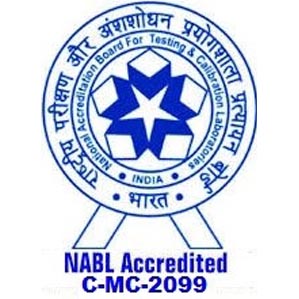What is Androgenetic Alopecia?
Symptoms
The possible symptoms of the disease are:
- Gradual recession of frontal hairline in men.
- Bi-temporal recession of hair in women.
- Increased hair fall.
- Thinning of the hair.
Causes
There are multiple reasons for hair loss. These are:
- Hormonal changes after menopause in women.
- Hormonal imbalance in women such as polycystic ovary syndrome (PCOS).
- Stress during pregnancy can also lead to partial hair loss (bald patches).
- Birth control pills can affect hair quality in women.
- In men, baldness may be associated with medical conditions including heart diseases, prostate enlargement, diabetes, obesity, high blood pressure, etc.
- Excessive smoking.
- Poor diet.
Risks
Major risk factors are:
- Excessive smoking.
- Stress.
- People above the age of 50 are more prone to losing hair.
- Malnutrition.
- Family history.
Prevention
Following measures can be adopted to prevent the condition:
- Adopting a healthy lifestyle.
- Quitting smoking.
How is it diagnosed?
- Blood tests
- Thyroid tests
- Biopsy
- Dehydroepiandrosterone sulfate (DHEAS) and testosterone analysis in
- women
- Total iron-binding capacity and transferrin saturation




